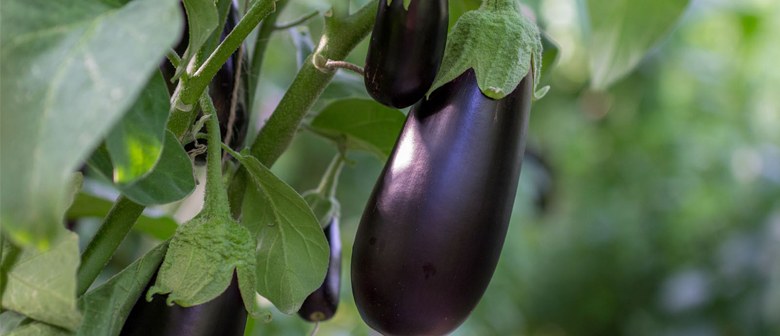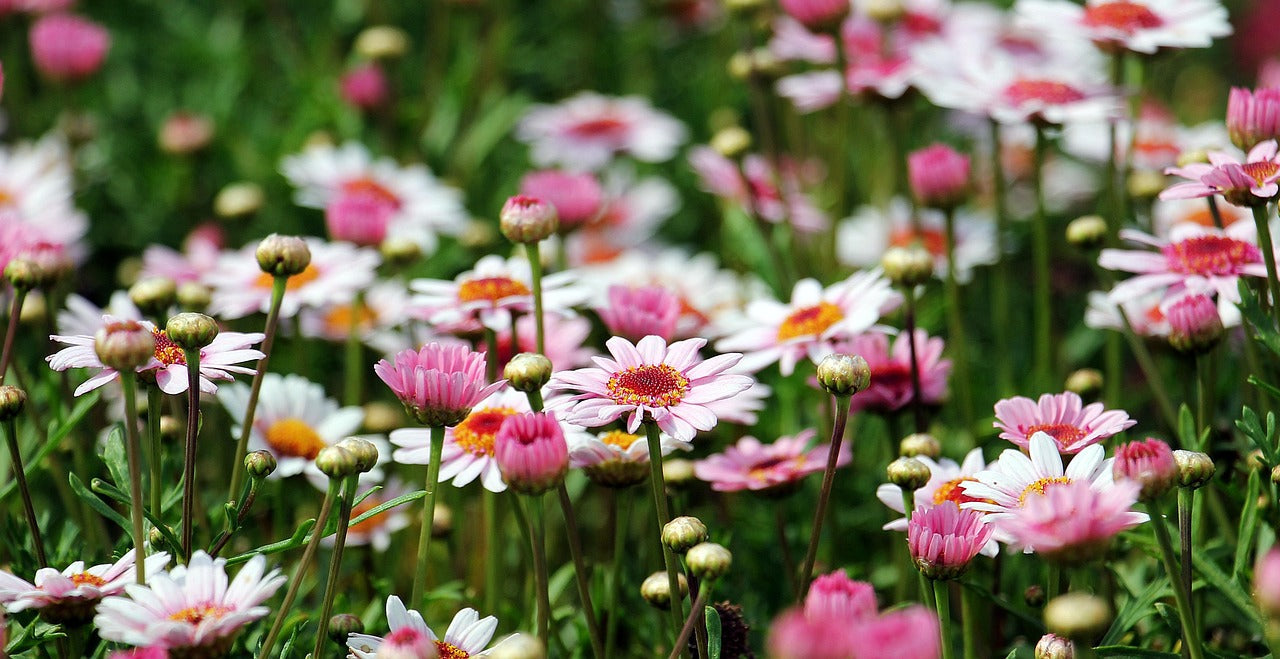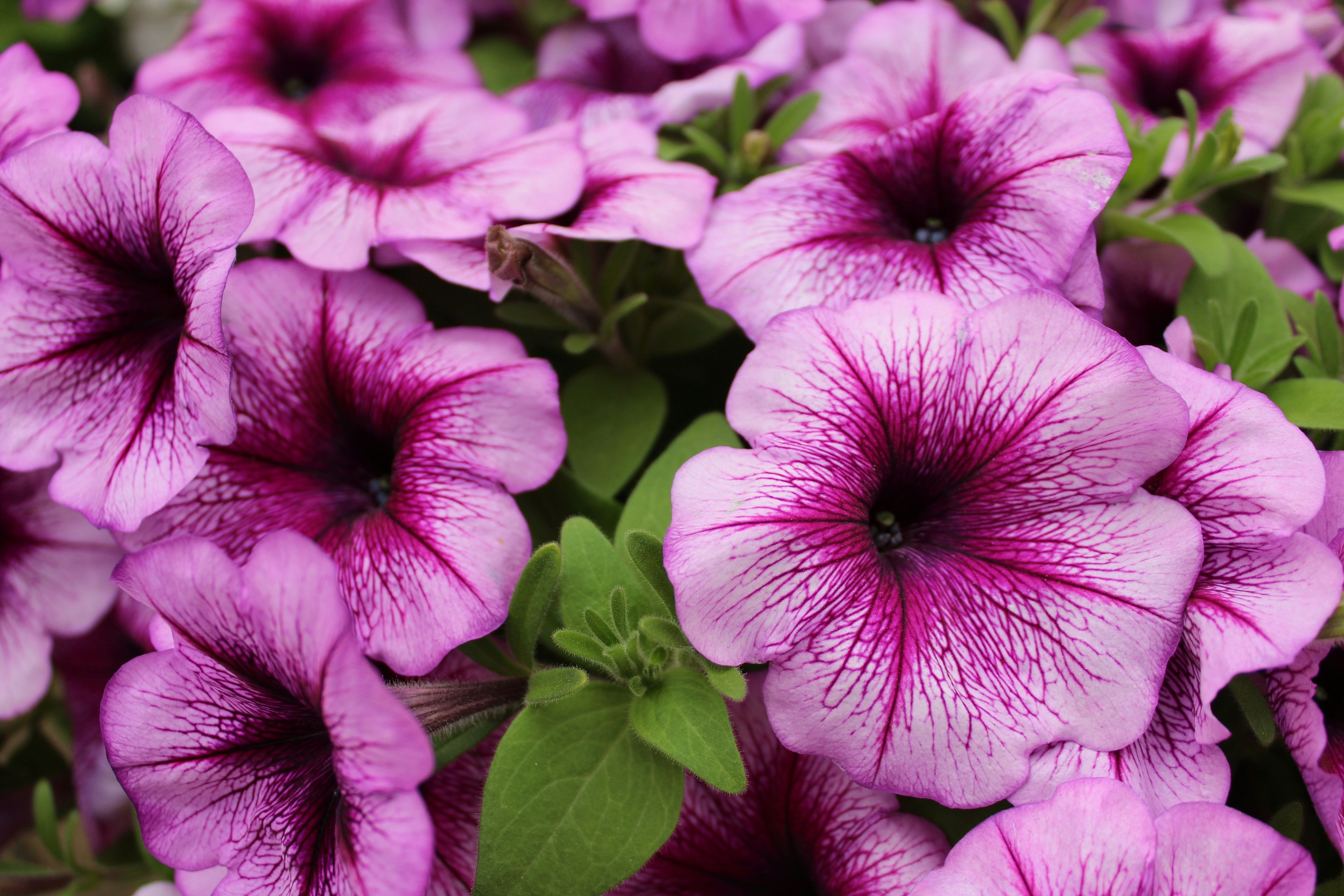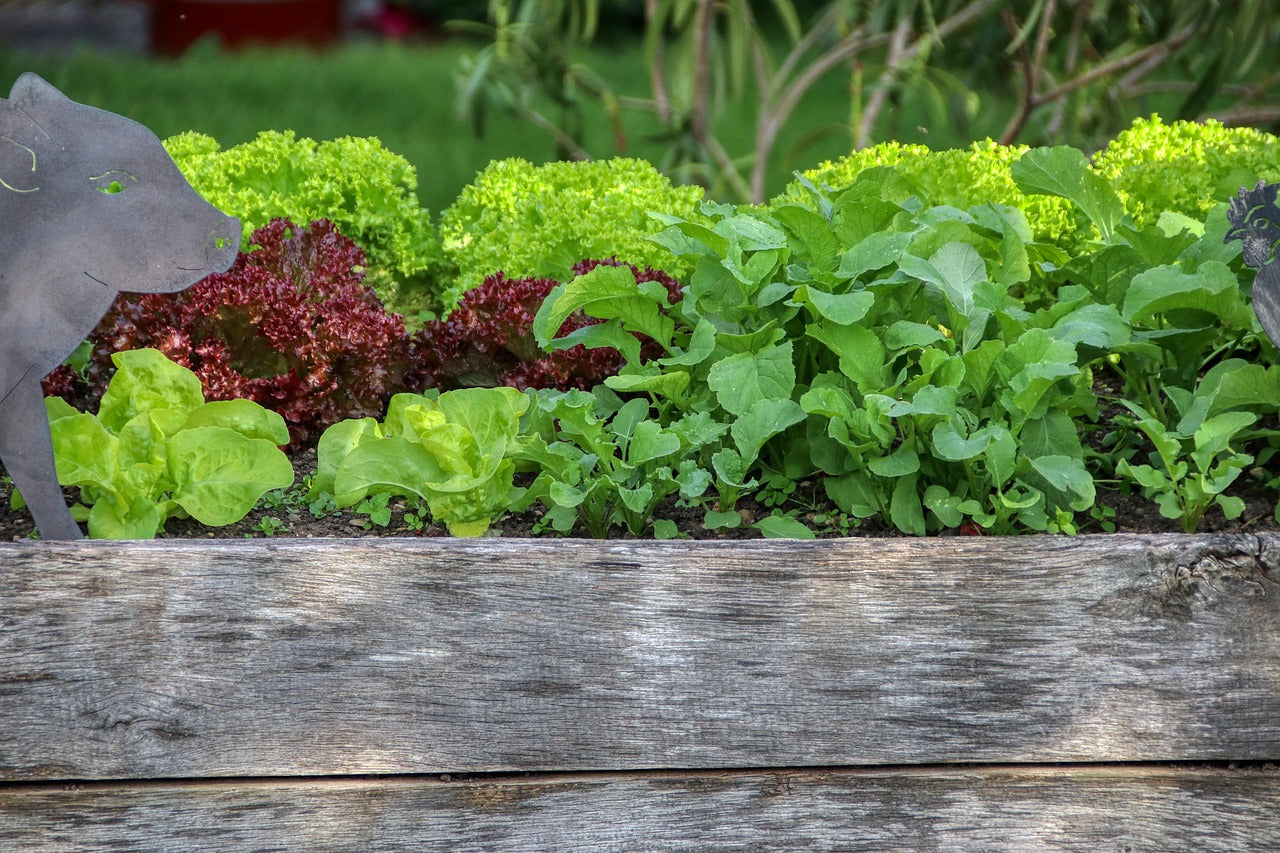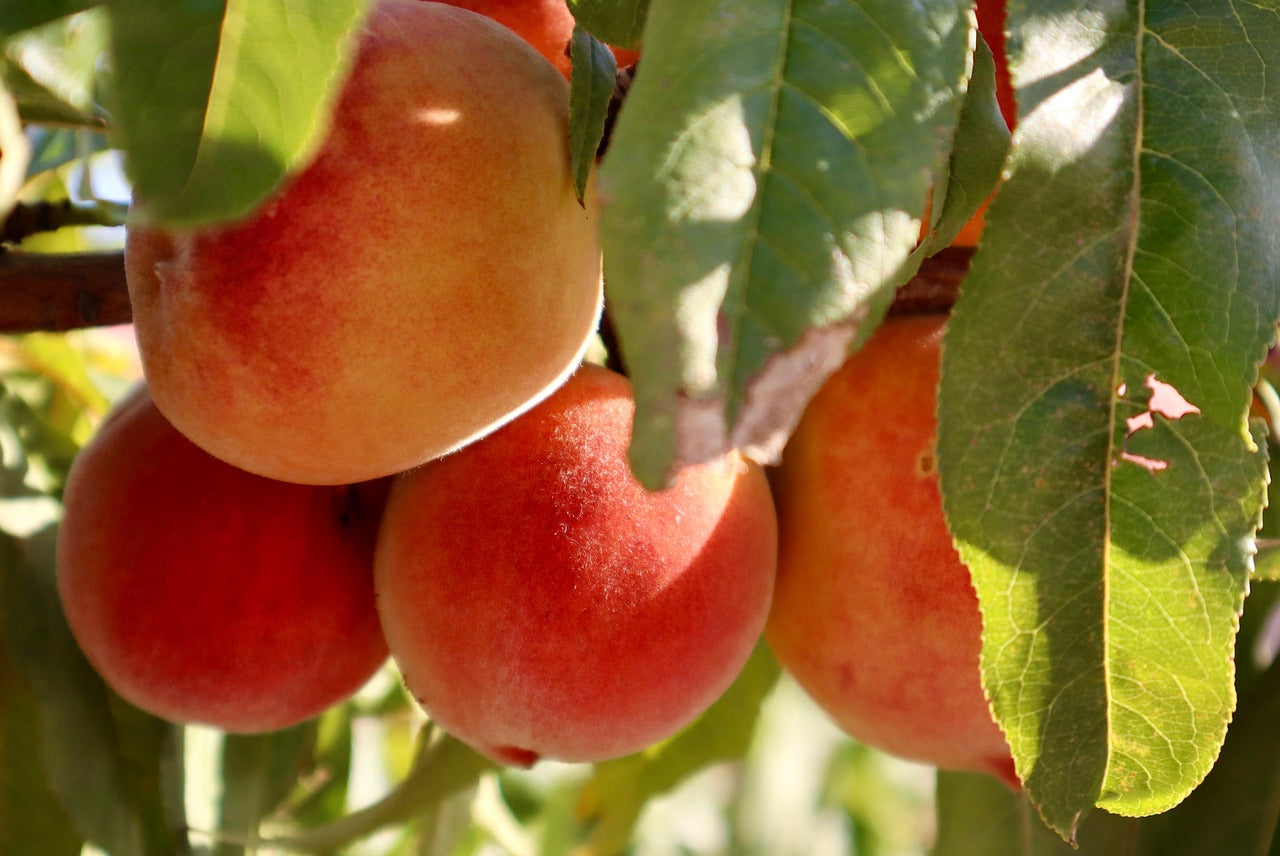Eggplants, also known as aubergines, are warm-weather vegetables that are harvested in mid- to late summer. Eggplant tastes best when harvested young. If you’ve thought about adding it to your garden, here are our top tips on how to grow eggplant.
How to grow eggplant
As eggplant hails from tropical and subtropical heritage, they do require relatively high temperatures, similar to tomatoes and capsicum, which, like eggplant, belong to the Nightshade family. Eggplant grow best when temperatures are between 21 and 30°C.
Where to plant eggplant
Eggplant grows best in a sunny site with well-drained sandy loam or loam soil, fairly high in organic matter.
Eggplant requires moderate amounts of fertiliser. Mix a couple of centimetres or so of well-rotted manure or a general fertiliser throughout the planting bed about a week before planting.
Raised beds enriched with composted manure are an ideal growing place for eggplants because the soil warms more quickly. Eggplants are also great for containers and make lovely ornamental borders. If you’re growing eggplant in pots or containers, use a dark-colored container that will absorb more sunlight. Each pot should be placed in full sun and outdoors so it can be pollinated.
When to plant eggplant
If you’re growing from seed, sow approximately 8-9 weeks from the last frost. Do not plant eggplant transplants into the garden until after the last threat of frost.
How to plant eggplant
Stake the plants right away (about 3 – 5cm from the plant) to provide support as they climb and to avoid disturbing the roots later.
After planting, water well and add a layer of mulch to retain moisture and suppress weeds.
Eggplant growing tips
For bigger fruits, restrict to five or six per plant and pinch out the terminal growing points for a bushier plant.
Water well to moisten the soil to a depth of at least 6 inches so the soil is moist but never soggy. Consistent watering is best, and a soaker hose or drip system at ground level is ideal. The critical period for moisture is during fruit set and fruit development. Mulching can help to provide uniform moisture, conserve water and reduce weeds.
Apply a balanced fertiliser twice during the growing season.
How to harvest eggplant
Don’t wait too long to harvest! Eggplant tastes best when harvested young. Then, the plant’s energy will go into producing new fruit. If you harvest early and often, the plant will be quite prolific. Once ready, check on your eggplants every 2 to 3 days.
The best way to gauge the time to harvest: Fruits are ripe when their skin first fails to rebound to fingernail pressure. Harvesting is a bit of an art; fruits can taste bitter if picked when underripe or overripe. The skin of the fruit should look glossy and unwrinkled and have a uniform color. If you cut the eggplant open, the seeds should be soft but formed. If the skin looks faded and the seeds inside are dark and hard, the fruit will taste bitter.

